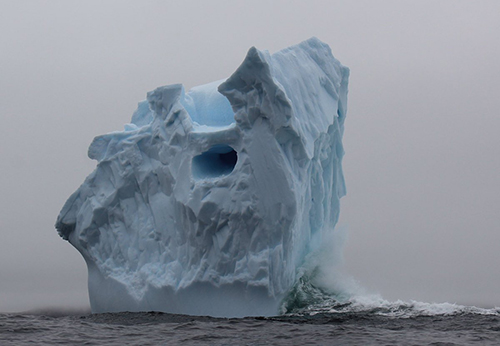
Whoever would have thunk it, that pointless exhaustion can provide a passage through the morass? I get it; too hopeful, too quickly. First comes the re-appraisal of words we thought we knew well – better, normal, fair, bad, new – not only considering them, but not thinking of them in the same way again. Ever.
Yes, difficult. No need to be welcomed to difficult, as we’re well-acquainted already, not neighbors but our actual address. Is there any other way? Everyone assumed to wish there was. Any way to avoid a similar worse. But no/yes. There: the passage.
The light of recognizing an unfamiliar sound. Contradiction, check. Loosen from accepted precepts, in process. Allow unsupportable sentiments to ferment. To stop at mere nihilism would be a luxury. Not hurrying or getting past anything for its own sake, but tarrying there, at catastrophe, long enough to step across it. Onto into. Again: better? It hardly matters, whatever that once meant. If it is to be a modifying qualifier in any sense, being completely cast from former shores by necessity comes first. You can’t stay because you’re afraid to be out on the open sea for too long – gulp. Already sick from so much salt water swallowed not by mistake or accidentally.
Albeit in the guise of the shittiest form of optimism imaginable, it’s not even that. Good or bad re-lost, abandoned, and this time on purpose. Brought to the brink, yes. But here we are, and now we stay. How long? How long does it take? Sounds like a choice, one that kills many as it makes a few stronger. Every completely joyous venture now summoned as punishment, exercise, conditioning maneuvers under live fire. Do you feel free? This is actually what it’s like. How about now?
Simply by the energy expended to resist the impulses to quit, to give up, give in, only this time, we’ve already done those. Are doing them. Find ourselves within an extended succumb. Not capitulating though. So, what, a new good? Fighting to call it something, anything, but not too quickly. Allow the energy to circulate and pressurize, and not ask imprudent reassurance. Steer right into the berg. Do fierce winds keep a wrecked ship upright? It’s now that we’re ready to fight. If we had been a minute earlier, we would have engaged the battle already. Fighting or about to makes logic extreme, but you insisted on free and it turns out to be both. Every meaning doubled, loose at both ends. Potent dreams, finally dangerous.
